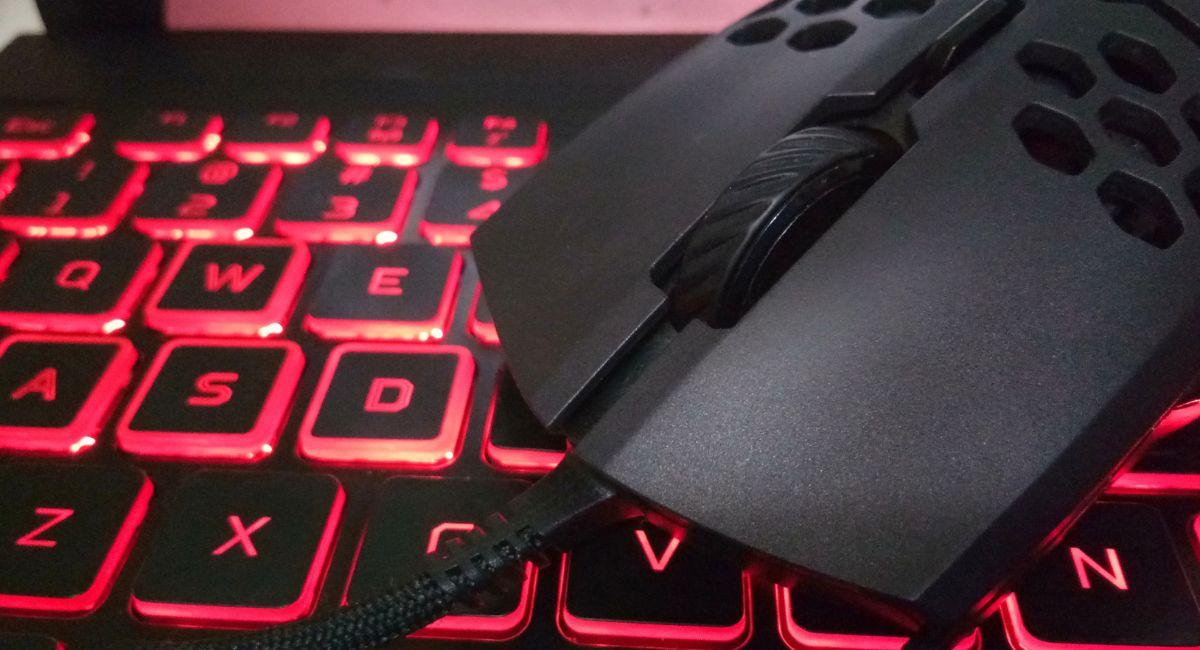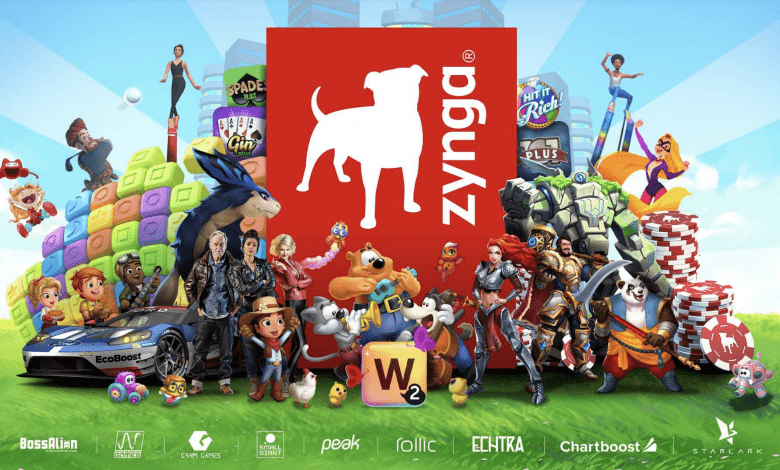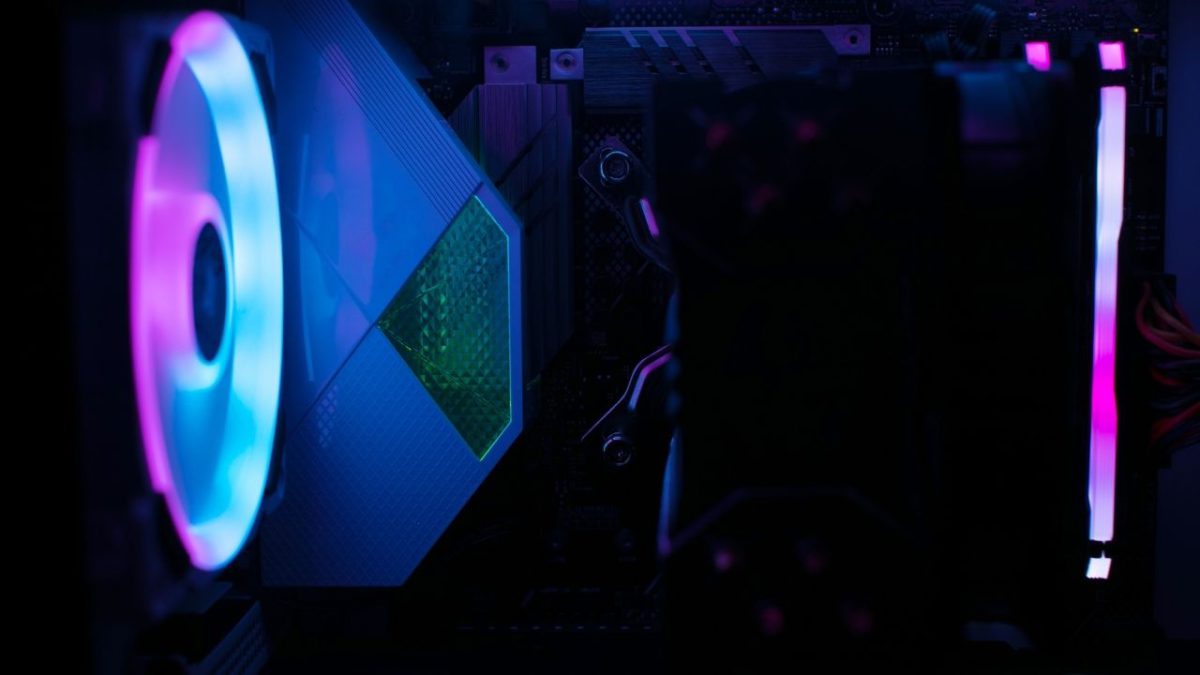The Rise of On-Chain Gaming: Building Truly Decentralized and Amazing Immutable Games In 2024
The gaming industry is a behemoth, captivating billions of players worldwide. However, traditional gaming models often centralize control with developers, limiting player ownership and control over in-game assets. This is where on-chain gaming emerges, promising a paradigm shift by leveraging blockchain technology to create truly decentralized and immutable games.
The Limitations of Traditional Gaming
Traditional gaming experiences suffer from several drawbacks:
- Centralized Control: Game developers hold immense power over in-game economies and assets. They can alter game mechanics, remove items, or even shut down servers entirely, leaving players with nothing.
- Limited Ownership: Players rarely truly “own” their in-game assets. These assets are typically licenses granted by the developer and can’t be freely traded or used outside the specific game.
- Inflation and Erosion of Value: Developers can manipulate in-game economies, leading to inflation and diminishing the value of virtual items players acquire through effort or purchase.
On-Chain Gaming: A Decentralized Revolution
Traditional gaming is facing a revolution. For years, players have poured countless hours and money into virtual worlds, only to see their in-game assets locked away, controlled by the companies that created them. On-chain gaming, powered by blockchain technology, promises to dismantle these limitations and empower players like never before. Let’s delve into how on-chain gaming disrupts the status quo and ushers in a new era of decentralized gaming.
The Woes of Traditional Gaming: A Centralized Conundrum
Traditional gaming suffers from several inherent flaws stemming from its centralized nature. Here’s a closer look at these issues:
- Lack of Ownership: Players don’t truly own the in-game items they acquire. These items exist solely on the game servers controlled by the developers. This means developers can alter, remove, or even disable these items at any time, leaving players with nothing to show for their investment.
- Limited Control and Interoperability: In-game assets are typically confined to the specific game they originated from. Players have no control over how they use these items outside of the game’s ecosystem.
- Monetary Restrictions: Traditional games often operate within closed economies. Players are limited to the in-game currencies and marketplaces dictated by the developers. This restricts their ability to freely trade or monetize their virtual possessions.
- Vulnerability to Hacks and Exploits: Centralized servers are susceptible to hacking and exploits, jeopardizing player data and in-game assets.
On-Chain Gaming: A Blockchain-Powered Solution
On-chain gaming tackles these issues head-on by leveraging the power of blockchain technology. Here’s how:
- Immutable Ownership with NFTs: On-chain games utilize non-fungible tokens (NFTs) to represent in-game items. NFTs are unique digital assets stored on a blockchain, a decentralized and transparent ledger. This grants players verifiable ownership of their in-game assets, fostering a sense of true digital possession.
- Enhanced Interoperability: NFTs can exist independently of the game they originated from. This opens doors for players to trade their NFTs on open marketplaces or even use them across different games that leverage the same blockchain infrastructure. Imagine using your hard-earned sword from game A to battle monsters in game B!
- Open Economies and Play-to-Earn Potential: On-chain games can facilitate open economies powered by cryptocurrencies. Players can earn crypto tokens through gameplay, completing quests, or participating in the game’s ecosystem. This “play-to-earn” model allows players to not only have fun but also potentially generate real-world value from their time and effort invested.
- Increased Security and Transparency: Blockchain technology offers a high degree of security and immutability. Transactions and in-game asset ownership are permanently recorded on the blockchain, making them resistant to tampering and fraud. This fosters trust and transparency within the gaming environment.
Beyond the Basics:
On-chain gaming is still in its nascent stages, but the potential is vast. Here are some exciting possibilities on the horizon:
- Community Governance: Blockchain technology can empower players to participate in the decision-making process of the games they play. By holding governance tokens, players can vote on game updates, feature implementations, and even the overall direction of the game’s development.
- The Rise of Guilds and DAOs: On-chain games can foster the creation of player-owned guilds and Decentralized Autonomous Organizations (DAOs). These collectives can pool resources, collaborate on strategies, and even invest in in-game assets, further democratizing the gaming experience.
- The Interconnected Metaverse: On-chain games could pave the way for a truly interconnected metaverse. Imagine seamlessly transporting your unique avatar and prized NFT items across different virtual worlds, all powered by the underlying blockchain infrastructure.
The future of gaming is undoubtedly decentralized. On-chain gaming, with its emphasis on player ownership, open economies, and community governance, is poised to revolutionize how we play, interact, and even earn within virtual worlds. As the technology matures and the ecosystem flourishes, we can expect even more innovative and immersive gaming experiences to emerge, ushering in a new era of player-centric gaming.
Benefits of On-Chain Gaming: A Win-Win for Players and Developers
The on-chain gaming revolution isn’t just about dismantling the limitations of traditional gaming; it’s about creating a more rewarding and engaging experience for everyone involved. Let’s explore the key benefits that on-chain gaming offers for both players and developers:
For Players:
- True Ownership and Control: On-chain gaming empowers players with verifiable ownership of their in-game assets through NFTs. This means players can freely trade, sell, or even lend their digital items, fostering a sense of true digital possession and control over their hard-earned virtual goods.
- Earning Potential: The “play-to-earn” model allows players to generate real-world value through their gameplay. By completing quests, participating in the game’s economy, or even breeding or crafting unique NFTs, players can earn crypto tokens that can be traded or used for other purposes. This injects a whole new layer of engagement and potential financial reward into the gaming experience.
- Openness and Interoperability: On-chain games often operate within open ecosystems. Players are no longer restricted to the closed economies of traditional games. NFTs can be traded on open marketplaces, potentially increasing their value and utility. Additionally, some on-chain games are exploring interoperability, allowing players to use their in-game assets across different games built on the same blockchain infrastructure.
- Security and Transparency: Blockchain technology offers a high degree of security and immutability. In-game transactions and asset ownership are permanently recorded on a transparent ledger, making them resistant to hacks, exploits, and manipulation. This fosters trust and fair play within the gaming environment.
For Developers:
- Reduced Costs and Server Maintenance: By leveraging decentralized infrastructure for game logic and asset storage, on-chain gaming can potentially reduce development and server maintenance costs for studios. This allows developers to focus more on creating innovative and engaging gameplay experiences.
- Engaged and Empowered Communities: On-chain gaming fosters a more engaged and invested player community. Through features like community governance, players can actively participate in shaping the future of the game they love. This two-way communication can lead to a more sustainable and thriving game ecosystem.
- Monetization Opportunities: On-chain games open doors for new monetization models. Developers can leverage NFTs and cryptocurrencies to create new revenue streams, such as selling in-game assets or implementing unique play-to-earn mechanics.
- Innovation and Experimentation: The open and permissionless nature of blockchain technology allows developers to experiment with innovative game mechanics and features that were previously not possible in traditional, centralized gaming environments. This can lead to a new wave of creative and engaging gaming experiences.
On-chain gaming is still evolving, but the potential benefits for both players and developers are undeniable. As the technology matures and the ecosystem expands, we can expect a more vibrant and sustainable gaming landscape where players are empowered and developers can thrive.
Challenges and Considerations: Navigating the Uncharted Territory of On-Chain Gaming
The on-chain gaming revolution is brimming with potential, but it’s important to acknowledge the challenges and considerations that lie ahead. Here’s a closer look at some of the hurdles that need to be addressed for on-chain gaming to reach its full potential:
- Scalability and Transaction Costs: Current blockchain technology can struggle with scalability, leading to slow transaction times and high gas fees. This can be a significant barrier to entry for players and can hinder the user experience, especially for fast-paced games that require real-time responsiveness.
- User Experience and Onboarding: Integrating complex blockchain mechanics into games can create a steep learning curve for new players unfamiliar with crypto wallets, NFTs, and decentralized marketplaces. Simplifying the onboarding process and user experience will be crucial for wider adoption.
- Security Concerns and Potential Exploits: While blockchain technology offers strong security features, the space is still relatively young and vulnerable to hacks and exploits. Developers need to prioritize robust security measures to protect player assets and maintain trust in the ecosystem.
- Game Design Limitations: The current state of blockchain technology might not be suitable for every type of game. Certain game mechanics or features that rely on complex backend logic or require high transaction frequency might be challenging to implement on-chain in a performant way.
- Regulation and Legal Uncertainty: The regulatory landscape surrounding blockchain technology and cryptocurrencies is still evolving. This uncertainty can pose challenges for developers and players alike. Clearer regulations will be necessary to foster a healthy and sustainable on-chain gaming ecosystem.
Finding the Right Balance:
Despite these challenges, the potential benefits of on-chain gaming are undeniable. Developers need to carefully consider the trade-offs between decentralization, security, scalability, and user experience. Striking the right balance between these factors will be crucial for creating successful on-chain games that can appeal to a broader audience.
The Future is Collaborative:
Addressing these challenges will require collaboration between developers, blockchain infrastructure providers, and regulatory bodies. By working together, the gaming community can overcome these hurdles and usher in a new era of innovative and empowering on-chain gaming experiences.
Also, read – Amazing Web3 Gaming: A Rocket Ship Poised for Takeoff In The 2024 Blockchain Boom
The Future of On-Chain Gaming
On-chain gaming is still in its nascent stages, but it holds immense potential to transform the gaming landscape. As blockchain technology matures, scalability improves, and developer tools evolve, we can expect a new generation of games that are truly player-driven, secure, and offer unprecedented levels of ownership and economic freedom. The rise of on-chain gaming is not just about technological innovation; it’s about empowering players and creating a more equitable and sustainable gaming ecosystem for the future.
Stay informed with daily updates from Blockchain Magazine on Google News. Click here to follow us and mark as favorite: [Blockchain Magazine on Google News].
Get Blockchain Insights In Inbox
Stay ahead of the curve with expert analysis and market updates.
latest from tech
Disclaimer: Any post shared by a third-party agency are sponsored and Blockchain Magazine has no views on any such posts. The views and opinions expressed in this post are those of the clients and do not necessarily reflect the official policy or position of Blockchain Magazine. The information provided in this post is for informational purposes only and should not be considered as financial, investment, or professional advice. Blockchain Magazine does not endorse or promote any specific products, services, or companies mentioned in this posts. Readers are encouraged to conduct their own research and consult with a qualified professional before making any financial decisions. The featured image used is just a creative depiction of the title and it does not intend to hurt sentiments of any person or institution. If it hurts anyone sentiments, please do not hesitate to reach out to Blockchain Magazine.

 Bitcoin
Bitcoin  Ethereum
Ethereum  XRP
XRP  Tether
Tether  Solana
Solana  USDC
USDC  Dogecoin
Dogecoin  Cardano
Cardano  Lido Staked Ether
Lido Staked Ether  TRON
TRON  Chainlink
Chainlink  Wrapped Bitcoin
Wrapped Bitcoin  Sui
Sui  Wrapped stETH
Wrapped stETH  Avalanche
Avalanche  Stellar
Stellar  Hedera
Hedera  Toncoin
Toncoin  Shiba Inu
Shiba Inu  LEO Token
LEO Token  Hyperliquid
Hyperliquid  Bitget Token
Bitget Token  WETH
WETH  Litecoin
Litecoin  USDS
USDS  Polkadot
Polkadot  Bitcoin Cash
Bitcoin Cash  Ethena USDe
Ethena USDe  MANTRA
MANTRA  Wrapped eETH
Wrapped eETH  Uniswap
Uniswap  Ondo
Ondo  Pepe
Pepe  Aave
Aave  Monero
Monero  NEAR Protocol
NEAR Protocol  WhiteBIT Coin
WhiteBIT Coin  Mantle
Mantle  Aptos
Aptos  Dai
Dai  Official Trump
Official Trump  Internet Computer
Internet Computer  Ethereum Classic
Ethereum Classic  Bittensor
Bittensor  Cronos
Cronos  OKB
OKB  POL (ex-MATIC)
POL (ex-MATIC)  Gate
Gate 



